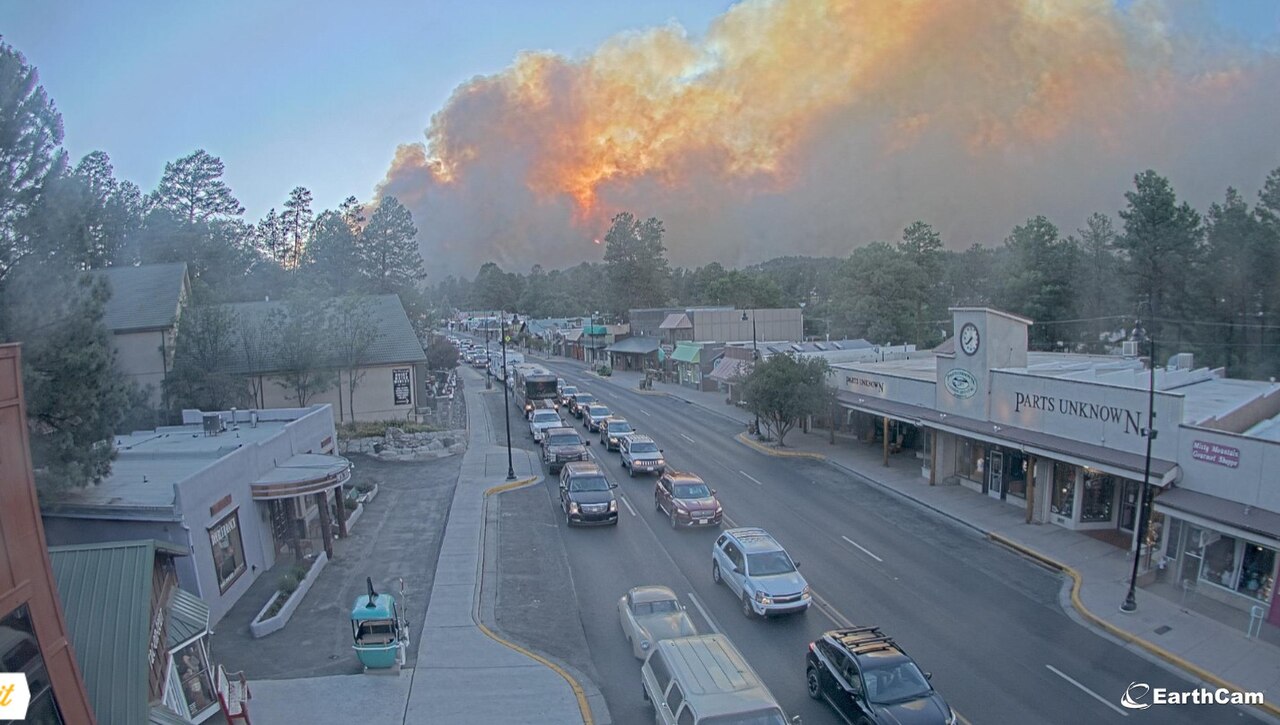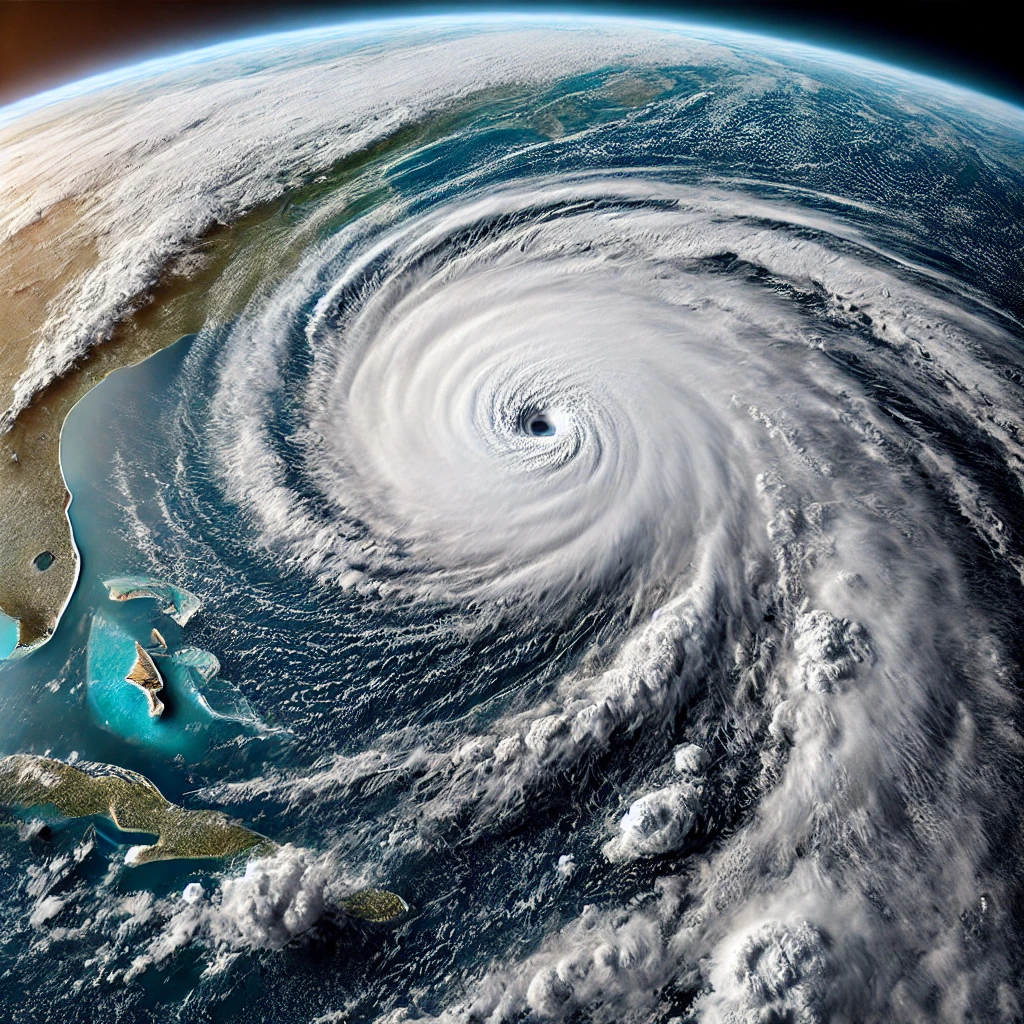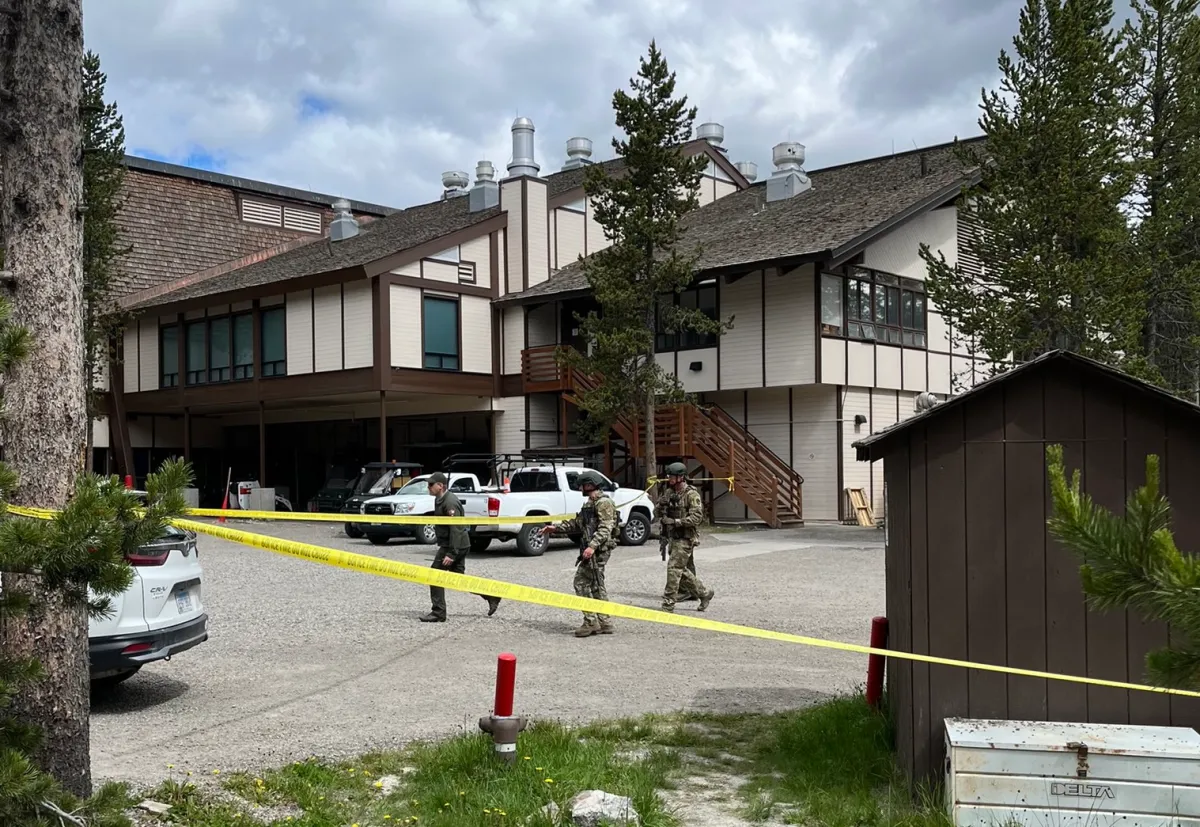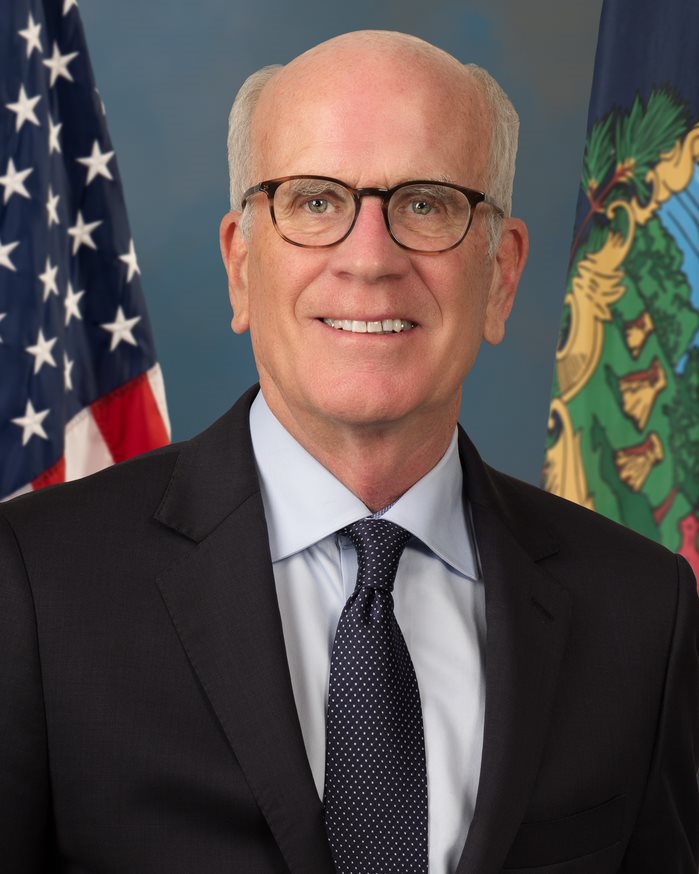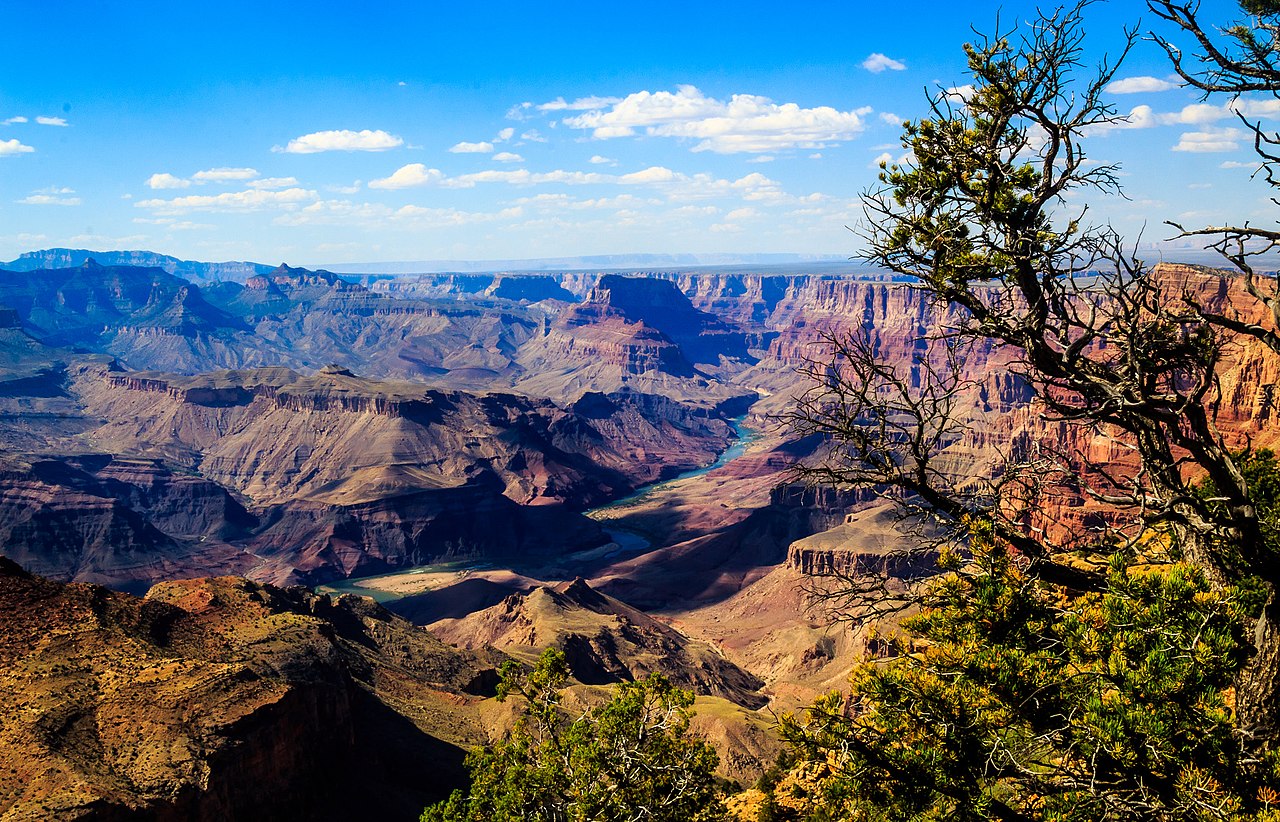
In a tragic sequence of events, the Grand Canyon has witnessed its third hiker death in less than a month. The most recent incident occurred on Sunday, when a 50-year-old man from San Angelo, Texas, was found unresponsive on the Bright Angel Trail. Despite the efforts of witnesses and first responders who administered CPR, the man could not be resuscitated.
The Grand Canyon Regional Communications Center received the call about the unresponsive hiker around 2 p.m. The man had stayed overnight at the Havasupai Gardens campground and began his hike toward the canyon’s rim earlier that day.
This incident follows two other recent hiker deaths in the Grand Canyon. On June 29, Scott Sims, a 69-year-old from Austin, Texas, was found semi-conscious on the River Trail but could not be revived. Earlier, on June 16, a 41-year-old man was discovered unconscious on the Bright Angel Trail, and he too could not be resuscitated. The causes of death in all three cases are still under investigation by authorities.
The National Park Service has issued warnings about the extreme heat conditions in the Grand Canyon, noting that temperatures on the trails can soar to 120 degrees Fahrenheit – even in the shade. The agency strongly advises visitors to avoid hiking in the inner canyon between 10 a.m. and 4 p.m. when the heat is most intense.
The Grand Canyon, a natural wonder known for its breathtaking vistas and challenging terrain, has a long history of heat-related incidents. With temperatures often reaching dangerously high levels, especially during the summer months, the park has seen numerous heat-related emergencies and fatalities over the years.
In the past decade, heat has been a significant factor in many of the fatalities reported in the Grand Canyon. The National Park Service and other agencies have continually updated their safety guidelines and public warnings to mitigate the risks associated with extreme temperatures. Despite these efforts, the combination of strenuous hiking conditions and extreme heat continues to pose a deadly threat to visitors.
The recent string of deaths underscores the importance of adhering to safety recommendations, staying hydrated, and being mindful of the signs of heat exhaustion and heat stroke. As the investigation into these latest incidents continues, the National Park Service remains committed to enhancing visitor safety and preventing further tragedies in one of America’s most iconic national parks.

